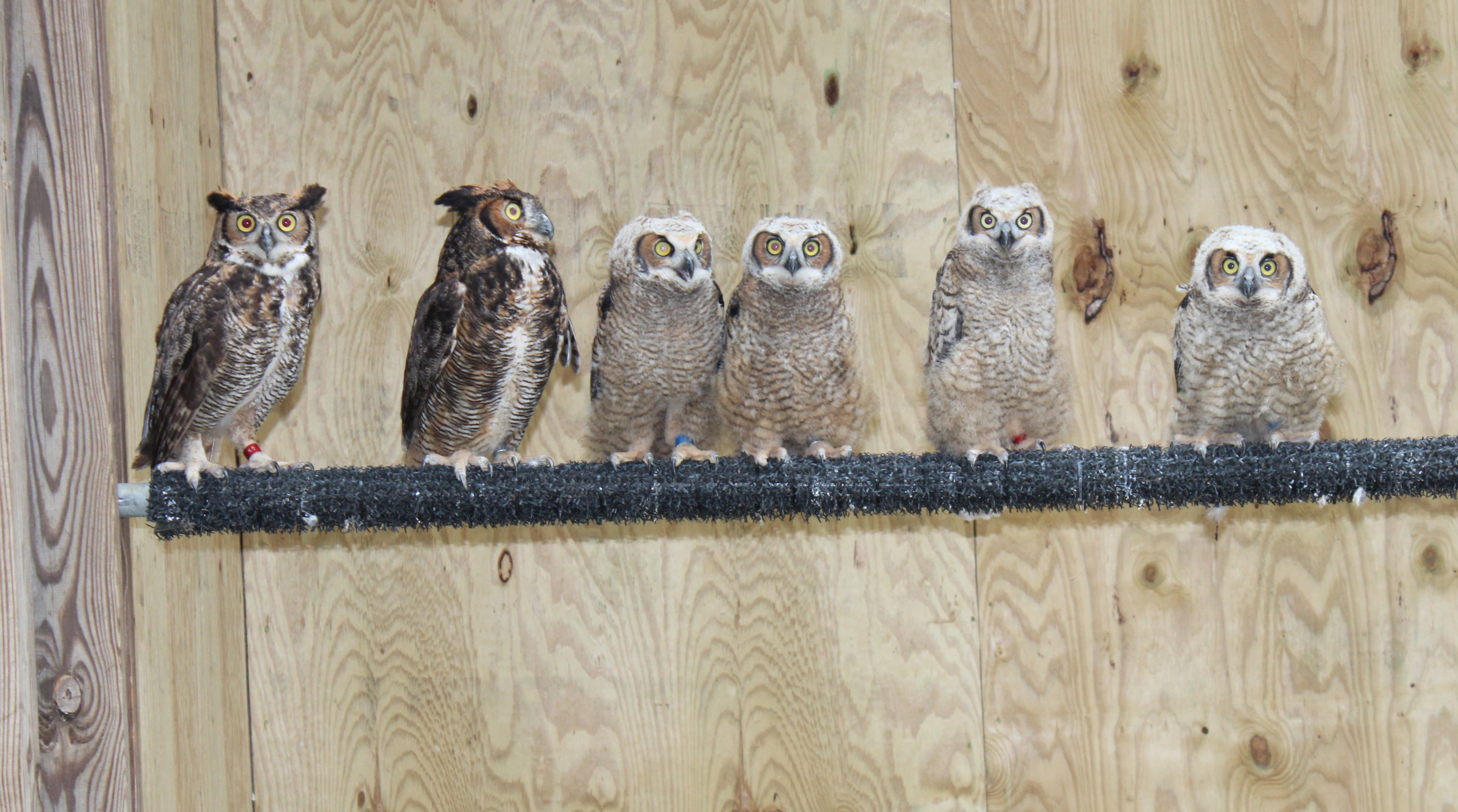Southeastern Raptor Center Has Advice for Those Who Find Orphan Birds
Spring in the South means that if you spend time outdoors, you may find a baby bird who is unable to fly well or abandoned by its parents. While we might think the bird is an orphan, Southeastern Raptor Center staff says that might not be the case.
It’s not always correct to assume an infant bird found alone is an orphan, said Dr. Seth Oster, an avian veterinarian at the College of Veterinary Medicine who oversees the rehabilitation division of the Southeastern Raptor Center.
“By the age of four or five weeks, most raptor are grown enough to begin walking and can climb out of their nests.”
The number of orphan birds brought to the center rises from spring to midsummer, often by well-meaning people who believe the bird is injured or abandoned. “Many of the birds brought to the Southeastern Raptor Center as orphans are not.”
What to do if you find a baby bird of prey? The best thing to do is leave it alone, Oster recommends. “The parents will come back and care for it even if you do not see them in the immediate area.
“Commonly, birds can fall out of the nest when they start moving about or get blown out of the nest by early spring thunderstorms,” Dr. Oster said. “The parents will still care for these young birds while they are on the ground just like they would when the young are in the nest.

“The infant bird can be moved up 100 yards and the parents will still be able to find it,” he said. “Don’t worry about getting your scent on the bird, this will not drive the parents away.”
The center, which is home to the university’s beloved eagles, rehabilitates and releases hundreds of injured birds of prey annually and conducts educational programs throughout the Southeast.
In the average year, the Southeastern Raptor Center takes in more than 400 native, wild birds from Mississippi, Georgia and Alabama that are injured, ill, or orphaned. When injured birds are brought to the center, they are treated and cared for with the goal of returning them back to the wild.
Already this spring, more than a dozen orphans have been brought to the center, from Foley, Montgomery and Huntsville in Alabama, and Albany, Tifton and Douglas, Georgia.
If you think the bird is injured, or left in an area where it could become injured, Dr. Oster recommends the following: Use a cardboard box at least twice the size of the bird and line it with something padded, like a towel. Using another towel, carefully pick up the bird and place it into the nest box. Then, place the box in a safer location or transport it to a veterinarian or the Auburn University Veterinary Clinic, a community practice at the College of Veterinary Medicine, which accepts injured birds 24/7. Dr. Oster also serves as the avian and exotic animal veterinarian.
For more information about the Southeastern Raptor Center, go
to www.vetmed.auburn.edu/raptor.
Written by Morgan McAbee ’16
